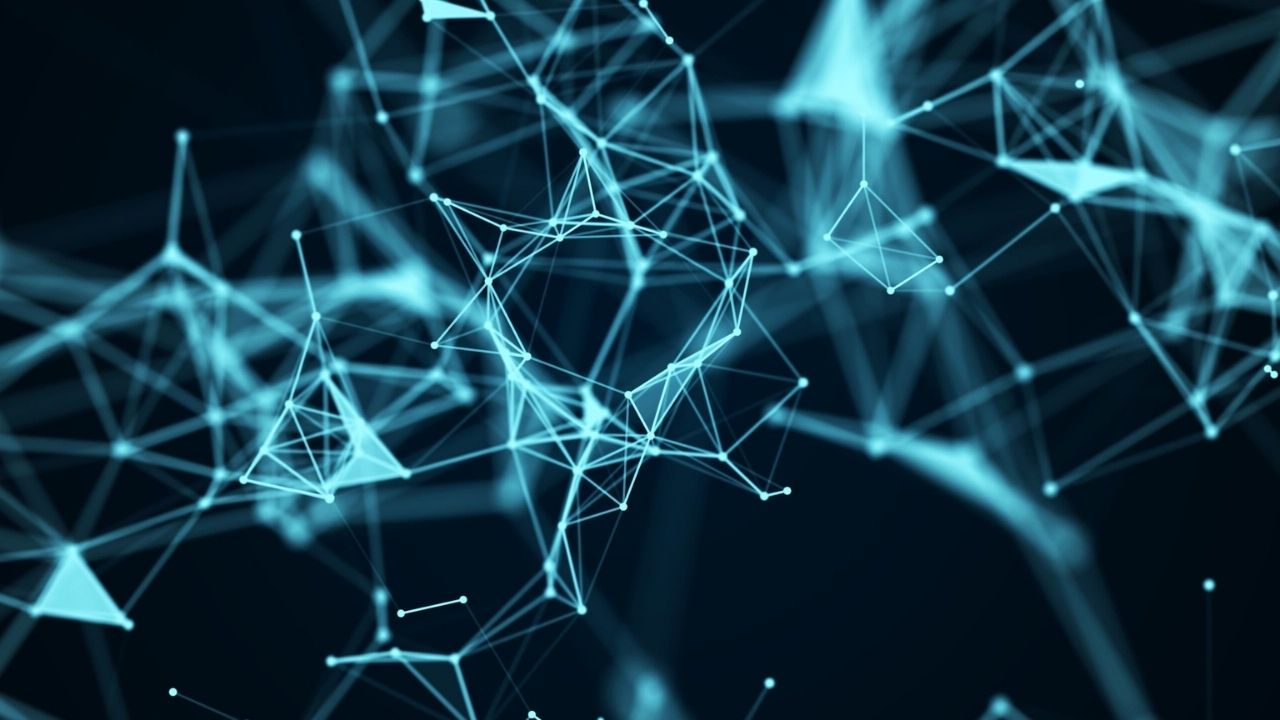
Category Theory might sound like a complex subject, but it's actually a fascinating branch of mathematics that helps us understand structures and relationships in a very abstract way. Category Theory deals with objects and arrows (also called morphisms) that connect these objects. Imagine a world where everything is connected by arrows showing how one thing transforms into another. This theory is used in computer science, physics, and even philosophy. It's like a universal language for different fields of study. Ready to dive into some cool facts about Category Theory? Let's get started and see how this abstract math can be surprisingly practical!
Key Takeaways:
- Category theory is a branch of mathematics that helps us understand relationships between different mathematical concepts through objects and morphisms.
- It has wide-ranging applications in fields like computer science, quantum mechanics, and artificial intelligence, making it a versatile and powerful tool in modern research.
What is Category Theory?
Category theory is a branch of mathematics that deals with abstract structures and relationships between them. It provides a unifying framework for understanding different mathematical concepts.
- Category theory was introduced by Samuel Eilenberg and Saunders Mac Lane in 1945.
- A category consists of objects and morphisms (arrows) between these objects.
- Morphisms represent relationships or functions between objects.
- Composition of morphisms is associative, meaning the order of applying morphisms doesn't change the result.
- Each object has an identity morphism that acts as a neutral element in composition.
Importance of Category Theory
Category theory has become a fundamental tool in various fields of mathematics and computer science. Its abstract nature allows for a deeper understanding of different structures.
- Category theory helps in understanding and formalizing mathematical concepts.
- It is used in algebraic topology to study topological spaces.
- Functional programming languages like Haskell use category theory concepts.
- Database theory utilizes category theory for schema design and query optimization.
- Quantum mechanics and quantum computing benefit from category theory in modeling quantum states and processes.
Basic Concepts in Category Theory
Understanding the basic concepts of category theory is crucial for grasping its applications and significance.
- Functors are mappings between categories that preserve the structure of categories.
- Natural transformations provide a way to transform one functor into another while respecting the structure.
- Monoids are categories with a single object where morphisms represent elements of the monoid.
- Limits and colimits generalize constructions like products, coproducts, intersections, and unions.
- Adjoint functors are pairs of functors that stand in a specific relationship, generalizing concepts like free and forgetful functors.
Applications of Category Theory
Category theory's abstract framework finds applications in various domains, making it a versatile tool.
- Homological algebra uses category theory to study algebraic structures.
- Model theory in logic applies category theory to understand models of theories.
- Computer science benefits from category theory in type theory and programming language semantics.
- Systems theory uses category theory to model and analyze complex systems.
- Artificial intelligence and machine learning explore category theory for understanding neural networks and data structures.
Advanced Topics in Category Theory
For those delving deeper into category theory, advanced topics offer a richer understanding of its potential.
- Higher category theory generalizes categories to include higher-dimensional morphisms.
- Topos theory studies categories that behave like the category of sets, providing a foundation for mathematics.
- Monoidal categories have a tensor product operation, useful in quantum computing and string theory.
- Enriched categories generalize categories by allowing morphisms to have additional structure.
- Operads are used in algebraic topology and algebra to study operations with multiple inputs.
Category Theory in Modern Research
Category theory continues to evolve, influencing modern research and new mathematical discoveries.
- Homotopy type theory combines category theory with type theory, impacting the foundations of mathematics.
- Categorical logic uses category theory to study logical systems and their semantics.
The Power of Category Theory
Category theory isn't just abstract math. It’s a powerful tool that connects different areas of mathematics, computer science, and logic. By understanding objects and morphisms, you can see patterns and structures that might be hidden otherwise. This theory helps in simplifying complex problems by focusing on relationships rather than individual elements.
Whether you're a student, a professional, or just curious, diving into category theory can open up new ways of thinking. It’s like having a new lens to view the world of mathematics. From functors to natural transformations, each concept builds on the last, creating a rich tapestry of ideas.
So, next time you encounter a tough problem, remember category theory might just offer the perspective you need. Keep exploring, keep questioning, and let the power of category theory guide your mathematical journey.
Frequently Asked Questions
Was this page helpful?
Our commitment to delivering trustworthy and engaging content is at the heart of what we do. Each fact on our site is contributed by real users like you, bringing a wealth of diverse insights and information. To ensure the highest standards of accuracy and reliability, our dedicated editors meticulously review each submission. This process guarantees that the facts we share are not only fascinating but also credible. Trust in our commitment to quality and authenticity as you explore and learn with us.
